Article Highlights:
As a creative leader, you have to use all your options to scale your team to match the flow of business. In this article you’ll learn:
- How to prepare for the big projects
- Options for scaling creative teams
- Why paying for projects is better than tracking time
Managing workloads is a rollercoaster. In a perfect world, pacing would be stable and predictable, ensuring project needs and resources are always aligned. The reality tends to be considerably more up and down, with periods where the demand far exceeds your team’s capacity.
The unpredictability of the COVID-19 pandemic has undoubtedly exacerbated this common creative pain point. In some cases, budgets are frozen and projects put on hold. In other cases, there’s a rapid surge in demand for design resources, writing, and video production due to essential digital communication needs.
This is where Stoke excels — in being ready to help our clients with the right talent when they need it.
Considerations for Scaling
“The trick in being a good creative leader is knowing how to balance the load,” Adam Morgan, executive creative director at Adobe and author of the book Sorry Spock, Emotions Drive Business says in the second episode of our Real Creative Leadership webinar series. “It’s just like good budgeting. If there’s going to be ups and downs, you’ve got to prepare for the times you need money and times when you have excess money.”
Creatively speaking, this means having the talent you need to hit it out of the park when a big project rolls in, without underutilizing resources during slower periods.
There are several key considerations for scaling teams for growth when internal resources are stretched too thin for the task at hand.
Budget is obviously one factor of scaling up during busy times. At one end of the spectrum, you may be able to get what you need by flexing existing resources temporarily without any additional cost implications at all. However, flexing always has its breaking point.
“It’s speed, quality, or price,” says Adam. “In our world, those are the three big factors.” When it comes to scaling, being able to quickly turn around high-quality deliverables depends not only on your budget. Scaling also hinges upon having people who are ready to go with the right skills and subject knowledge for the job.
Good leaders are able to see when it’s time to invest in more resources to meet increased demand — like hiring new employees, bringing on contractors, working with freelancers, or engaging an agency.
Partnering with an agency, more than any other option, gives you flexibility that you won’t always find within your own organization.
How Stoke Serves Up Scalability
At Stoke, we specialize in helping busy marketers and managers meet demand for creative content. We integrate with your team and make it simple and cost-effective to scale up and down and up again. We accomplish this in several ways.
Tap our global talent network: With the growing gig economy, many people are choosing the lifestyle flexibility of freelance work. While the freelance model allows creative teams to essentially rent great talent on an as-needed basis, it’s not without challenges. Among these are the need to vet freelancers for quality and consistency, and manage a network of independent producers, which can further strain resources.
“The pros of a freelancer? It’s short-term,” Adam says. “I don’t have to hire someone full time and plan on keeping them busy year-round. I can just bring them in for… just a project.”
An agency like Stoke can relieve these challenges because we handpick talent and vet them on an ongoing basis. We can quickly tap people with needed skills and experience from within our network, while managing individual producers for consistency. Our team of art directors, content strategists, project managers, and accountants work to intimately know each client’s brand and voice to ensure consistent quality and the client’s business operations to ensure smooth transfers of information and funds.
Embed talent in your team: Some needs and projects may require coverage that goes beyond producing a single asset but doesn’t merit the long-term commitment of a full-time employee. Using a contractor model is like leasing an employee who works in your office and integrates with your team for as long as they’re needed.
This model is a boon for collaboration — working side-by-side with your team can improve all steps of the creative process, from ideation to execution. But hourly billing over a longer period and other factors can increase the financial and organizational burden of using contractors. For example, as a 1099 worker, you can’t tell the employee how or when to work.
But if that individual is employed by a contracting agency, then you only have to worry about paying the agency. They take care of the rest. As with freelancers, Stoke can find the right individual for your project and handle the logistics of contracting.
Contract for value not time: Project billing, rather than paying for time, reduces the stress of potential cost overruns. If you’re using a freelancer for a long-term project, it gets easy to blow your budget on hourly fees. And, of course, hiring a full-time employee can send your costs through the roof as you dish out for salary and benefits.
Hourly billing goes back to the industrial age, but it doesn’t make sense in today’s creative work. Adam says, “If you are in the creative business, more time doesn’t always mean more value … track projects, not people.”
When an agency bills by project, it incentivizes all members of the team to do their best work and get things right the first time.
At Stoke, we know the value of our work. We do the calculations on our end and price projects accordingly. Our partners know up front exactly what it will cost to get the results they want, and they don’t have to think about it again. There are no hidden fees and no unexpected costs. Instead, we all focus on what matters: Producing quality work that helps you see success.
You CAN scale your creative team for growth — without over-provisioning for slower periods. Stoke can make it possible.
Watch the next episode of Real Creative Leadership for additional insights and considerations for scaling creative teams.
Click here to explore other articles from our Creative Leadership Series.
For more information on how Stoke can help you, chat with us today.



